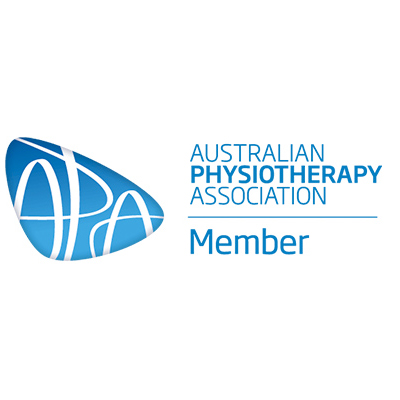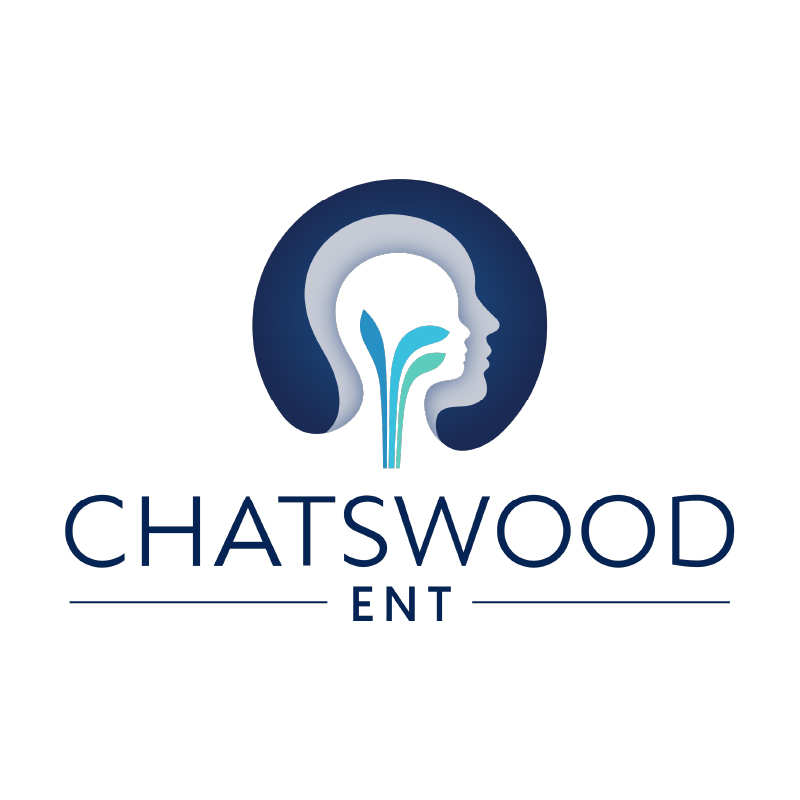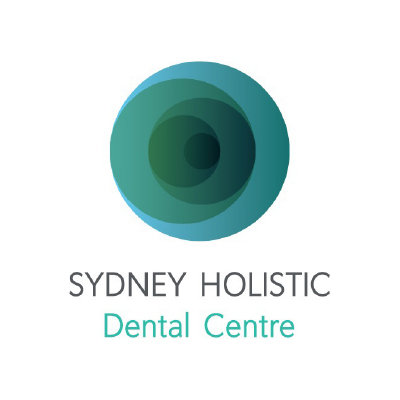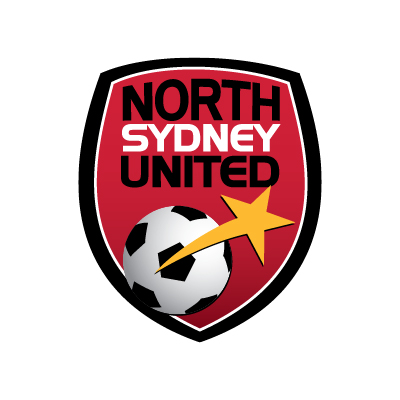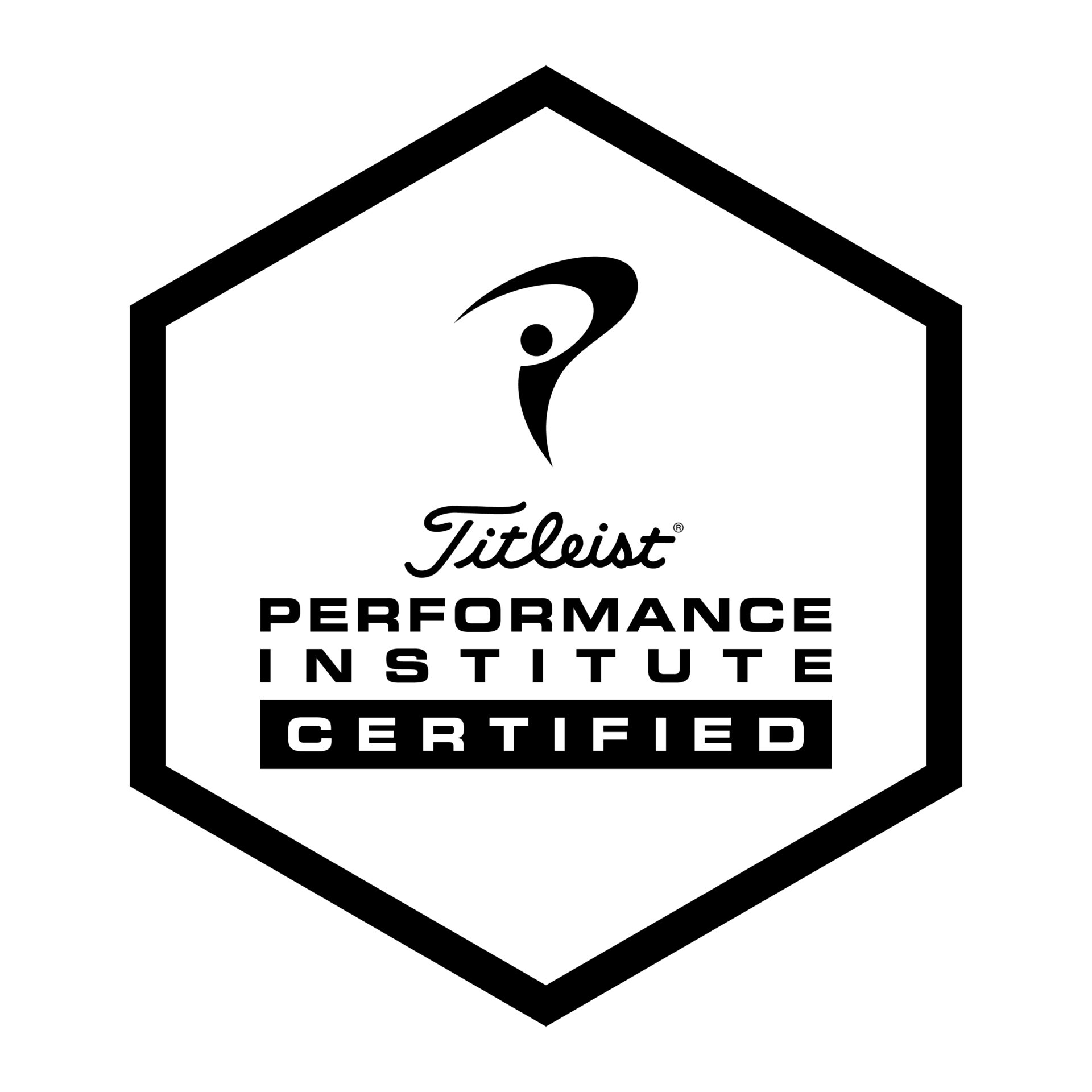Foot Physiotherapist Sydney
Treat heel, foot and ankle conditions with our expert foot physios in Sydney
At EastWest Physio, we provide dedicated, one-on-one foot physiotherapy treatment for a range of conditions including foot pain, heel pain, ankle fractures, tendonitis and more. Located in Hunters Hill, our Sydney foot physiotherapists tailor our approach to your body, helping you live a healthier, happier and pain-free life.
Whether you’re battling recurring bunions, suffering from flat feet or looking for pain-specific rehabilitation, contact our Sydney foot physiotherapists and get the care you deserve today. Book an appointment online or get a free 10-minute initial consultation via Telehealth.
OUR APPROACH
At EastWest Physiotherapy, we use the Foot Alignment Clinic model of orthotic therapy, a trusted approach to foot and ankle physiotherapy that has been refined over 20 years.
Combining gait analysis, orthotic casting, myofascial release and exercise therapy, our Sydney foot physios will get you moving without foot, heel or ankle pain.
OPTIMISING POSTURAL BIOMECHANICS
We’ve partnered with the experts behind the Foot Alignment Clinic to provide a comprehensive solution for foot, leg and back pain that aligns with our values. Neil Smith (Pedorthist and inventor of the Vertical Foot Alignment System) and Gavin Johnston (Physiotherapist) have collaborated to create the Foot Alignment Clinic.
The Foot Alignment Clinic is passionate about providing solutions for panful conditions affecting the foot, legs and back. We believe in creating optimal biomechanics to relieve stress placed on bones, joints, muscles, fascia and nerves. Postural evaluation is carried out by physiotherapists using nerve and muscle testing, static postural and dynamic gait analysis.
Treatment includes manual therapy, myofascial release, orthotic therapy, exercise acupuncture and shockwave.
HANDS-ON TREATMENT, EXERCISE AND ORTHOTIC THERAPY
We take a whole-person approach to treatment. First, we assess how your muscles, nerves, and joints work individually and as a system under load. Using this information, we create a personalised treatment plan tailored to your needs.
Your plan may include hands-on myofascial release, targeted exercises, and custom orthotics to correct alignment and improve function.
PRECISE WEIGHT-BEARING CASTING FOR CUSTOM ORTHOTICS
Once we’ve identified the underlying issue and worked to release tension in your myofascial system, we cast your foot in a weight-bearing position. This ensures your orthotics are custom-moulded to achieve optimal alignment from the ground up.
Each orthotic is uniquely designed to support or offload symptomatic tissues, considering your specific posture and movement patterns. Whether your symptoms are one-sided or involve both feet, we create orthotics tailored to your body and its needs.
Get back to moving comfortably with our expert foot physiotherapists in Sydney. Let’s work together to relieve your pain and restore your mobility.

CONDITIONS WE TREAT
Having an active lifestyle can be difficult when dealing with sharp pain or discomfort in your feet. At EastWest Physiotherapy, we believe the best way to treat foot pain is by addressing the underlying causes of your conditions – not just your symptoms. By getting to the root of your pain, we can reduce the risk of recurring issues and leave your whole body feeling better.
From planters to running injuries, foot alignment and more, our Sydney foot physios can treat a range of conditions through foot alignment and orthotic therapy.
Can’t see your condition listed? Contact our team for more information about our foot physiotherapy services in Sydney.
-
Morton's Neuroma
-
What is Morton’s Neuroma?
Morton’s neuroma is a non-cancerous growth of nerve tissue that causes pain in the ball of the foot, often radiating into the toes. It develops due to irritation or compression of the nerve and can be exacerbated by structural factors like a short first toe, which overloads toes 2, 3, and 4.
Surgery can be effective but is typically considered only after other treatments have been tried.
How we treat Morton’s Neuroma:
- Custom orthotics with domes to align and offload the metatarsals
- Cold laser therapy to reduce pain and promote healing
- Myofascial release and joint mobilisation to ease tension
- Shockwave therapy for advanced cases
- Tailored home exercise programs to support recovery
-
Bunions
-
What are bunions?
Bunions, or hallux valgus, occur when the big toe tilts toward the other toes, causing the joint at the base to stick out. This joint bears much of your weight while walking, making it prone to stiffness, pain, and potential balance issues. Over time, abnormal motion and pressure on the joint can deform the bone, creating the painful lump associated with bunions.
Bunions often run in families but can also result from poor footwear choices or walking patterns.
Managing bunions at EastWest Physiotherapy:
- Strengthening and mobility exercises to maintain function
- Custom orthotics to align the foot and reduce joint pressure
- Night splints to straighten the toe and ease discomfort
- Epsom salt baths to relieve pain
- Acupuncture, massage, myotherapy, and cold laser therapy
Will I need surgery for my bunions?
If conservative treatments do not alleviate your pain, we may recommend surgical correction.
-
Plantar Fasciitis / Plantar Fasciosis
-
What is plantar fasciitis/fasciosis?
The plantar fascia is a thick band of tissue running along the sole of the foot, connecting the heel to the toes. Pain in this area is often called plantar fasciitis, though “fasciosis” is more accurate when inflammation isn’t present. The condition typically involves chronic stretching, tearing, or degeneration of the fascia where it attaches to the heel.
Causes include:
- High-impact sports like running, dancing, or aerobics
- Flat feet, high arches, or poorly supportive footwear
- Pregnancy, weight gain, or prolonged standing
- Structural factors such as Morton’s foot
Symptoms:
- Sharp or dull heel pain, especially after waking or prolonged activity
- Burning or aching in the medial arch
- Swelling around the heel
How we treat plantar fasciitis/fasciosis:
- Targeted loading and mobility exercises
- Strapping to support the fascia during movement
- Cold laser therapy or acupuncture for pain relief
- Supportive footwear and custom orthotics to improve alignment
- Activity modification for moderate symptom management
- Shockwave therapy for chronic cases lasting over three months.
-
Achilles Tendonitis
-
What is Achilles tendonitis?
Achilles tendon pain, or tendonitis/tendinopathy, commonly affects runners, athletes, and sedentary individuals. The pain often occurs 3–5 cm above the heel and may involve conditions like bursitis, Haglund’s deformity, or sural neuritis.
Assessment at EastWest Physiotherapy:
We use advanced video treadmill analysis to assess your gait, stride length, foot posture, and muscle control. This helps identify risk factors contributing to Achilles tendon pain.
How we treat Achilles tendonitis:
- Short-term pain relief: Heel raises, taping, night splints, load management, myofascial release, acupuncture, orthotics, and shockwave therapy
- Long-term tendon rehabilitation:
- Stage 1: Isometric holds (30–45 seconds, 5 sets daily)
- Stage 2: Isotonic exercises (3×8 repetitions with controlled tempo)
- Stage 3: High-speed, sport-specific loading to support return to activity
-
Short First Metatarsal / Mortons Foot
-
What is Morton’s Foot?
Also called Rothbart’s foot, this condition occurs when the first metatarsal is shorter than the others, shifting weight onto the narrower second metatarsal. This imbalance often leads to compensatory postural adjustments and pain in the shin, hamstrings, and lateral foot.
Symptoms and self-diagnosis:
- Thickened skin under the second metatarsal instead of the big toe
- A visible gap between the first and second toes
- Difficulty balancing on one leg
- Out-toed walking or standing
How we treat Morton’s Foot:
- Myofascial release to ease tension
- Custom orthotics, such as wedges, to redistribute weight effectively
- Strength and balance exercises tailored to your specific needs
-
Foot arthritis
-
What is foot arthritis?
Arthritis in the foot affects its 26 bones and over 30 joints, leading to stiffness, pain, and swelling. Common types include:
- Osteoarthritis: Chronic joint degeneration, often seen in the big toe.
- Inflammatory arthritis: Conditions like rheumatoid arthritis, gout, and psoriatic arthritis, which inflame and damage joints.
Symptoms:
- Pain, swelling, and reduced joint mobility
- Stiffness and bony deformities
How we treat foot arthritis:
- Comprehensive gait, posture, and muscle assessments
- Myofascial and joint mobilisation to restore movement
- Custom orthotics to support arches and relieve pressure
- Stretching and strengthening exercises to improve function
-
Leg Length Difference
-
What is a leg length difference?
A measurable leg length difference of 5 mm or more is common, but most people adapt without issues. For some, however, even a small discrepancy can lead to problems such as:
- Lower back pain or sacroiliac joint discomfort
- Hip, knee, or foot pain
- Postural imbalances that affect movement
By addressing leg length discrepancies, we aim to restore comfort, function, and alignment, helping you move confidently and without pain.
Common causes include:
- Bone fractures during growth years
- Congenital differences or uneven growth patterns
- Diseases that shorten muscles and connective tissues (e.g., polio)
- Post-surgical discrepancies, particularly after hip replacements
- Compensations for other issues, like pelvic or spinal scoliosis
How we address leg length differences at EastWest Physiotherapy:
- Assessment and diagnosis: We perform a detailed examination, often including a CT scanogram, to accurately measure the difference and identify contributing factors.
- Custom orthotics: These are tailored to correct structural or functional discrepancies, improving alignment and reducing strain.
- Postural and gait analysis: We evaluate your movement patterns to determine how the discrepancy affects your posture and recommend changes.
Targeted rehabilitation: Strengthening and mobility exercises are prescribed to address compensatory patterns and improve overall balance.
-
Running Injuries
-
What causes running injuries?
Running exerts forces up to six times your body weight on your muscles and joints. Poor foot posture, muscle imbalances, or inadequate stability can lead to tightness, overuse injuries, and pain.
How we treat running injuries:
- Muscle testing and gait analysis to identify imbalances
- Myofascial release and targeted stretching to ease tension
- Strengthening exercises to build stability
- Custom orthotics to correct alignment and reduce impact forces
-
Shin Splints
-
What are shin splints?
Shin splints cause pain along the inside of the shin, usually triggered by overuse, poor footwear, or tight calf muscles. Unlike stress fractures, shin splint pain often improves as the muscles warm up.
How we treat shin splints:
- Custom orthotics to reduce strain on soft tissues
- Gait analysis to correct biomechanical issues
- Stretching, strengthening, and load management exercises
-
Foot Alignment
-
What are flat feet / over-pronation?
Flat feet, or over-pronation, occur when the foot’s arch collapses, causing the foot to roll inward excessively. This biomechanical issue can stress the lower limbs, pelvis, and spine, often leading to pain during standing, walking, or running.
With proper treatment, we can reduce discomfort and restore natural movement.
Causes include:
- Obesity or pregnancy, which increase pressure on the arch
- Repetitive impact on hard surfaces, such as running
- Weakening of the arch over time
How we treat it:
- Custom orthotics to support the arch and improve alignment
- Gait analysis to assess how flat feet affect your movement
- Exercises to strengthen the arch and improve foot stability
-
Back Pain
-
What causes back pain?
Back pain can stem from uneven forces on the hips caused by poor foot posture, leg length discrepancies, or conditions like slipped discs or facet joint sprains. Chronic conditions often improve with orthotic correction and targeted therapy.
How we treat back pain:
- Gait analysis to identify contributing factors
- Orthotics for long-term alignment and improved posture
- Rehabilitation exercises to balance muscles and restore mobility
-
Knee Pain
-
What causes knee pain?
Faulty foot biomechanics can transmit excessive rotational forces to the knee, stressing ligaments, cartilage, and tendons. Over time, this may lead to degeneration and pain.
How we treat knee pain:
- Custom orthotics to realign weight-bearing posture
- Weight-bearing casting for precise corrections
- Strength and mobility exercises to stabilise and support the joint
What is Morton’s Neuroma?
Morton’s neuroma is a non-cancerous growth of nerve tissue that causes pain in the ball of the foot, often radiating into the toes. It develops due to irritation or compression of the nerve and can be exacerbated by structural factors like a short first toe, which overloads toes 2, 3, and 4.
Surgery can be effective but is typically considered only after other treatments have been tried.
How we treat Morton’s Neuroma:
- Custom orthotics with domes to align and offload the metatarsals
- Cold laser therapy to reduce pain and promote healing
- Myofascial release and joint mobilisation to ease tension
- Shockwave therapy for advanced cases
- Tailored home exercise programs to support recovery
What are bunions?
Bunions, or hallux valgus, occur when the big toe tilts toward the other toes, causing the joint at the base to stick out. This joint bears much of your weight while walking, making it prone to stiffness, pain, and potential balance issues. Over time, abnormal motion and pressure on the joint can deform the bone, creating the painful lump associated with bunions.
Bunions often run in families but can also result from poor footwear choices or walking patterns.
Managing bunions at EastWest Physiotherapy:
- Strengthening and mobility exercises to maintain function
- Custom orthotics to align the foot and reduce joint pressure
- Night splints to straighten the toe and ease discomfort
- Epsom salt baths to relieve pain
- Acupuncture, massage, myotherapy, and cold laser therapy
Will I need surgery for my bunions?
If conservative treatments do not alleviate your pain, we may recommend surgical correction.
What is plantar fasciitis/fasciosis?
The plantar fascia is a thick band of tissue running along the sole of the foot, connecting the heel to the toes. Pain in this area is often called plantar fasciitis, though “fasciosis” is more accurate when inflammation isn’t present. The condition typically involves chronic stretching, tearing, or degeneration of the fascia where it attaches to the heel.
Causes include:
- High-impact sports like running, dancing, or aerobics
- Flat feet, high arches, or poorly supportive footwear
- Pregnancy, weight gain, or prolonged standing
- Structural factors such as Morton’s foot
Symptoms:
- Sharp or dull heel pain, especially after waking or prolonged activity
- Burning or aching in the medial arch
- Swelling around the heel
How we treat plantar fasciitis/fasciosis:
- Targeted loading and mobility exercises
- Strapping to support the fascia during movement
- Cold laser therapy or acupuncture for pain relief
- Supportive footwear and custom orthotics to improve alignment
- Activity modification for moderate symptom management
- Shockwave therapy for chronic cases lasting over three months.
What is Achilles tendonitis?
Achilles tendon pain, or tendonitis/tendinopathy, commonly affects runners, athletes, and sedentary individuals. The pain often occurs 3–5 cm above the heel and may involve conditions like bursitis, Haglund’s deformity, or sural neuritis.
Assessment at EastWest Physiotherapy:
We use advanced video treadmill analysis to assess your gait, stride length, foot posture, and muscle control. This helps identify risk factors contributing to Achilles tendon pain.
How we treat Achilles tendonitis:
- Short-term pain relief: Heel raises, taping, night splints, load management, myofascial release, acupuncture, orthotics, and shockwave therapy
- Long-term tendon rehabilitation:
- Stage 1: Isometric holds (30–45 seconds, 5 sets daily)
- Stage 2: Isotonic exercises (3×8 repetitions with controlled tempo)
- Stage 3: High-speed, sport-specific loading to support return to activity
What is Morton’s Foot?
Also called Rothbart’s foot, this condition occurs when the first metatarsal is shorter than the others, shifting weight onto the narrower second metatarsal. This imbalance often leads to compensatory postural adjustments and pain in the shin, hamstrings, and lateral foot.
Symptoms and self-diagnosis:
- Thickened skin under the second metatarsal instead of the big toe
- A visible gap between the first and second toes
- Difficulty balancing on one leg
- Out-toed walking or standing
How we treat Morton’s Foot:
- Myofascial release to ease tension
- Custom orthotics, such as wedges, to redistribute weight effectively
- Strength and balance exercises tailored to your specific needs
What is foot arthritis?
Arthritis in the foot affects its 26 bones and over 30 joints, leading to stiffness, pain, and swelling. Common types include:
- Osteoarthritis: Chronic joint degeneration, often seen in the big toe.
- Inflammatory arthritis: Conditions like rheumatoid arthritis, gout, and psoriatic arthritis, which inflame and damage joints.
Symptoms:
- Pain, swelling, and reduced joint mobility
- Stiffness and bony deformities
How we treat foot arthritis:
- Comprehensive gait, posture, and muscle assessments
- Myofascial and joint mobilisation to restore movement
- Custom orthotics to support arches and relieve pressure
- Stretching and strengthening exercises to improve function
What is a leg length difference?
A measurable leg length difference of 5 mm or more is common, but most people adapt without issues. For some, however, even a small discrepancy can lead to problems such as:
- Lower back pain or sacroiliac joint discomfort
- Hip, knee, or foot pain
- Postural imbalances that affect movement
By addressing leg length discrepancies, we aim to restore comfort, function, and alignment, helping you move confidently and without pain.
Common causes include:
- Bone fractures during growth years
- Congenital differences or uneven growth patterns
- Diseases that shorten muscles and connective tissues (e.g., polio)
- Post-surgical discrepancies, particularly after hip replacements
- Compensations for other issues, like pelvic or spinal scoliosis
How we address leg length differences at EastWest Physiotherapy:
- Assessment and diagnosis: We perform a detailed examination, often including a CT scanogram, to accurately measure the difference and identify contributing factors.
- Custom orthotics: These are tailored to correct structural or functional discrepancies, improving alignment and reducing strain.
- Postural and gait analysis: We evaluate your movement patterns to determine how the discrepancy affects your posture and recommend changes.
Targeted rehabilitation: Strengthening and mobility exercises are prescribed to address compensatory patterns and improve overall balance.
What causes running injuries?
Running exerts forces up to six times your body weight on your muscles and joints. Poor foot posture, muscle imbalances, or inadequate stability can lead to tightness, overuse injuries, and pain.
How we treat running injuries:
- Muscle testing and gait analysis to identify imbalances
- Myofascial release and targeted stretching to ease tension
- Strengthening exercises to build stability
- Custom orthotics to correct alignment and reduce impact forces
What are shin splints?
Shin splints cause pain along the inside of the shin, usually triggered by overuse, poor footwear, or tight calf muscles. Unlike stress fractures, shin splint pain often improves as the muscles warm up.
How we treat shin splints:
- Custom orthotics to reduce strain on soft tissues
- Gait analysis to correct biomechanical issues
- Stretching, strengthening, and load management exercises
What are flat feet / over-pronation?
Flat feet, or over-pronation, occur when the foot’s arch collapses, causing the foot to roll inward excessively. This biomechanical issue can stress the lower limbs, pelvis, and spine, often leading to pain during standing, walking, or running.
With proper treatment, we can reduce discomfort and restore natural movement.
Causes include:
- Obesity or pregnancy, which increase pressure on the arch
- Repetitive impact on hard surfaces, such as running
- Weakening of the arch over time
How we treat it:
- Custom orthotics to support the arch and improve alignment
- Gait analysis to assess how flat feet affect your movement
- Exercises to strengthen the arch and improve foot stability
What causes back pain?
Back pain can stem from uneven forces on the hips caused by poor foot posture, leg length discrepancies, or conditions like slipped discs or facet joint sprains. Chronic conditions often improve with orthotic correction and targeted therapy.
How we treat back pain:
- Gait analysis to identify contributing factors
- Orthotics for long-term alignment and improved posture
- Rehabilitation exercises to balance muscles and restore mobility
What causes knee pain?
Faulty foot biomechanics can transmit excessive rotational forces to the knee, stressing ligaments, cartilage, and tendons. Over time, this may lead to degeneration and pain.
How we treat knee pain:
- Custom orthotics to realign weight-bearing posture
- Weight-bearing casting for precise corrections
- Strength and mobility exercises to stabilise and support the joint
Free Foot Alignment Advice
4 Steps to Pain Relief & Correct Alignment
1. Postural Assessment
We take a holistic approach, treating each patient as a whole rather than focusing solely on symptoms.
The foot and lower limb are highly complex, so there is no one-size-fits-all solution. That’s why we conduct a thorough assessment of your nervous, myofascial, and skeletal systems. Our evaluation includes:
- Gait analysis
- Nerve and muscle testing
- Static and dynamic postural evaluation
- Pressure analysis
- Medical imaging (if necessary) to assess parameters like leg length
This detailed assessment allows us to identify the root causes of your discomfort and create a tailored treatment plan.
2. Body Work
Our practitioners are skilled in myofascial manipulation, a cornerstone of our treatment. Principal Physiotherapist Gavin Johnston, a certified Structural Integrator, has in-depth knowledge of the relationships between muscles, bones, and nerves and how they contribute to postural control.
Myofascial manipulation helps balance tissues and correct posture, aligning with the latest scientific insights into orthotic therapy and tissue stress. This technique is often an integral part of improving tissue health and restoring postural alignment.
3. Casting and Orthotics
At EastWest Physiotherapy, we use Neil Smith’s patented Foot Alignment System to take weight-bearing, corrected casts of your feet. Unlike non-weight-bearing casts or 2D pressure mats, this process allows us to observe and test changes to the lower limb and pelvis in real time.
Having prescribed and fitted over 4,000 orthotics since 2000, we’ve seen consistent and predictable results using this method. It’s a highly effective approach that ensures optimal alignment and function.
4. Loading Program
Pain and dysfunction often stem from tissue overload. Every tissue in your body—muscle, fascia, cartilage, and nerve—has a load tolerance. When tissues are subjected to loads beyond their capacity, they fail, resulting in pain.
The good news? Tissues can adapt and increase their load tolerance through targeted training. At EastWest Physiotherapy, we excel at diagnosing distressed tissues and designing evidence-based exercise programs to strengthen them.
While orthotics play a key role in alignment and redistributing load, a structured exercise program is essential for a full recovery and return to function after injury or immobilisation.
Products
Make an appointment
If you think Foot Alignment and Orthotic Therapy could help you, call 02 9817 1781 to make an appointment or book online using the button below.
Got a question? Please don’t hesitate to get in touch with our friendly team.
